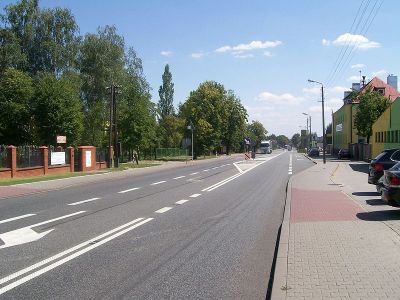An innovative road surface containing an important amount of recycled car tyres and bound with an elastic resin could reduce traffic noise in an extreme way, i.e. comparable with a 3 m high noise screen, while providing an eco-friendly alternative for disposing of end-of-life tyres.
Traffic noise abatement can be drastically improved by incorporating
elasticity into a road's top layer to suppress tyre vibrations.
The EU-funded ‘Poroelastic road surface: An innovation to avoid damages to the environment' (
PERSUADE) project aims to develop such an ultranoise-abating material using recycled tyre shreds.
Poroelastic road surfacing (PERS) consists of tyre-shred–derived
rubber granules, mixed in varying proportions with stone aggregates and
bound with synthetic resin (in place of bitumen) and some other
ingredients with specific functions. PERSUADE researchers developed two
different laboratory-derived mixes that they first tested in small-scale
tracks in Denmark, Belgium, Sweden and Slovenia.
To test their surfaces further, the team built full-scale tracks
with different stone/rubber/binder mixes, of varying length and on roads
carrying different traffic loads in Denmark, Sweden, Poland, Belgium
and Slovenia. While noise reduction was achieved (8 up to 10 dBA
compared with conventional asphalt), they experienced technical problems
with surface construction and durability: the first Danish test track
e.g. had to be replaced due to a too liquid binder causing premature
failure. This problem has been solved and apart from the Polish section,
where one had a problem with the tack layer, all test tracks are doing
fine.
Despite these setbacks, PERS shows enormous promise in extreme noise
reduction, offering an interesting (and cheaper) alternative for noise
screens, requiring less energy to construct than bituminous top layers,
and reducing used-tyre waste. The PERSUADE consortium is monitoring the
full-scale test tracks for a variety of parameters, including skid
resistance, winter behaviour, noise reduction and durability.

